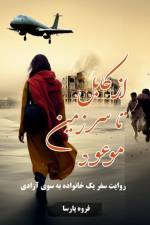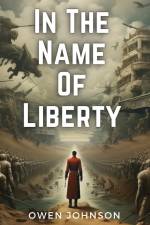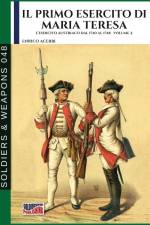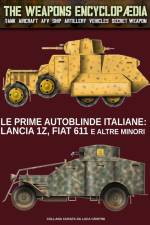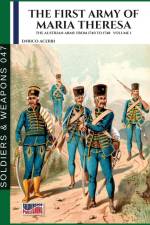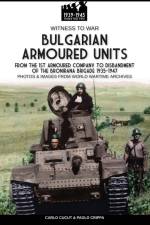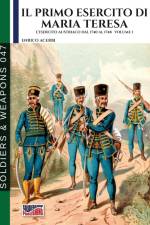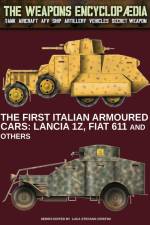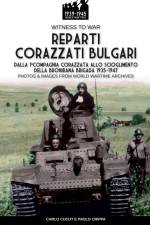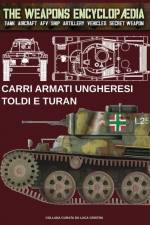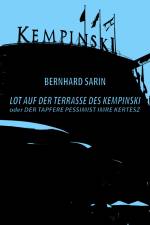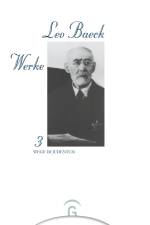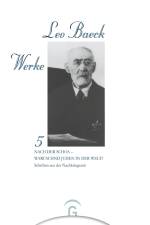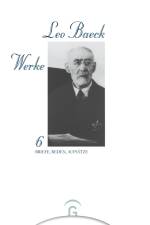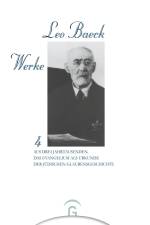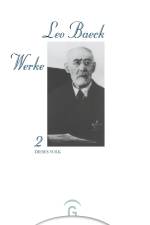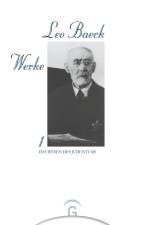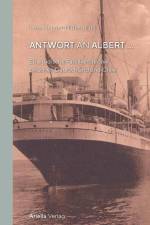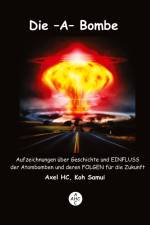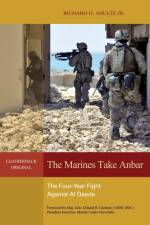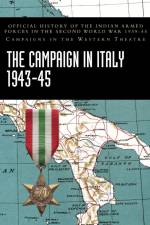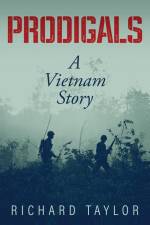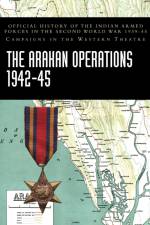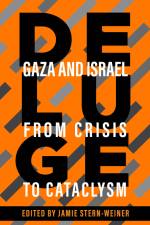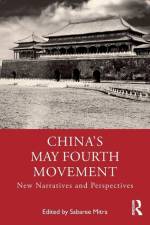von Jamie Stern-Weiner
23,00 €
Why did Hamas attack? What is Israel trying to achieve? Did this catastrophe have to happen? And is there a way forward? The book’s expert contributors address these and other questions, which have never been more urgent.In September 2023, US National Security Advisor Jake Sullivan boasted that the Middle East “is quieter today than it has been in two decades.” One week later, unprecedented violence in Gaza and Israel shattered the status quo and shocked the world.Hamas’s Operation Al-Aqsa Deluge punctured delusions of stability as hundreds of militants burst forth from the Gaza prison camp. In the ensuing carnage and firefights, 1,200 Israelis were killed and hundreds more taken hostage.Israel’s retaliation turned the besieged enclave into a howling wasteland. Nearly 30,000 people were killed in four months, including more than 12,000 children, and over 60 percent of homes were damaged or destroyed. Israel targeted the wounded and infirm, newborns and near-dead, as Gaza’s healthcare system—hospitals, clinics, ambulances, medical personnel—came under a systematic attack unprecedented in the annals of modern warfare.The Hamas massacre and the genocidal Israeli campaign which followed together mark a historic turning point in the Israel-Palestine conflict. The reverberations have also shaken politics far beyond, not least in Europe and the United States, where gigantic, round-the-clock protests for Palestinian rights pitted politicians against the public and exposed a growing statist authoritarianism.In this groundbreaking book—the first published about the 2023 Gaza war—leading Palestinian, Israeli, and international authorities put these momentous developments in context and provide an initial taking-stock.Contributors: Musa Abuhashhash, Ahmed Alnaouq, Nathan J. Brown, Yaniv Cogan, Clare Daly MEP, Talal Hangari, Khaled Hroub, R. J., Colter Louwerse, Mitchell Plitnick, Mouin Rabbani, Sara Roy, and Avi Shlaim



